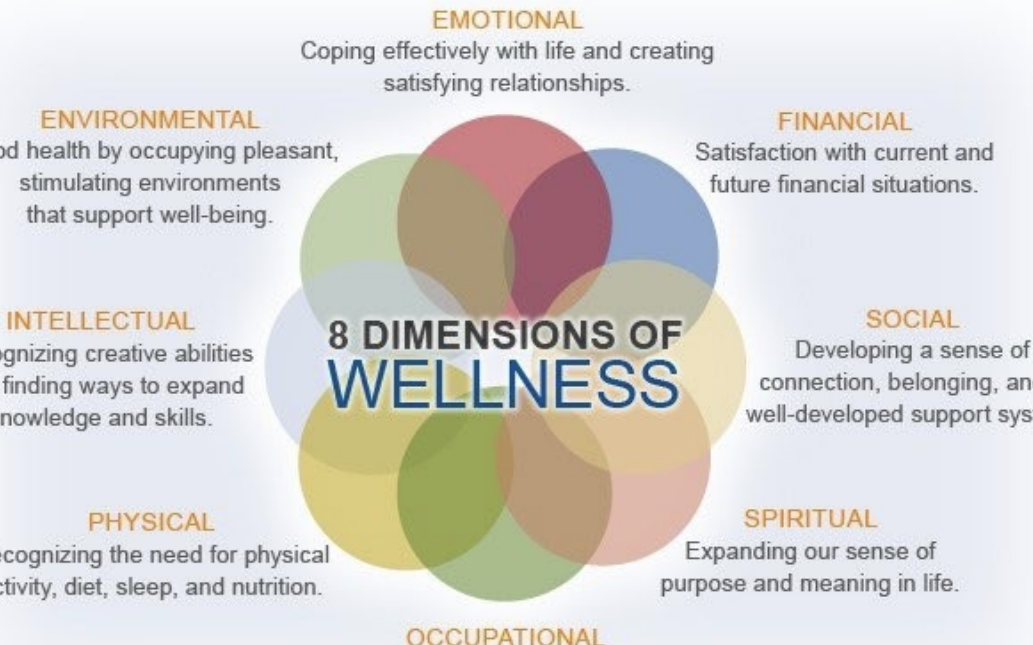By Ashley Zampogna-Krug, Associate Professor, History Department
If you haven’t heard, there is a new Global Citizenship Project (GCP) theme on campus, and it could not have arrived at a more appropriate time as we enthusiastically await the official opening of the Caroline S. Huber Holistic Wellness Center space. Approximately 400 individuals, almost 300 of which were students, voted for wellness in all its various incarnations: physical, emotional, social, environmental, digital, occupational, intellectual, spiritual, and financial as our new theme. Without a doubt the COVID-19 pandemic made most of us more aware of the importance of taking care of our bodies, minds, and habitats as we spent more time in those intimate surroundings. Furthermore, we all experienced a certain degree of social and emotional isolation even as we turned to virtual spaces to connect with friends and family. Perhaps it is not surprising that the World Health Organization has reported a 25% increase in anxiety and depression worldwide in the first year of the COVID-19 pandemic. The primary causes of the increase in anxiety and depression are loneliness, fear of infection, loss of loved ones, and financial concerns. For health workers, exhaustion has been a major contributor to depression and suicidal thoughts. All of these stressors have had a tremendous impact on individual wellness but have also varied widely across gender, household income, and race.
But, what is wellness anyway? How is it different from health or happiness? According to the Global Wellness Institute, wellness is “the active pursuit of activities, choices, and lifestyles that lead to a state of holistic health.”
As an active pursuit, wellness is a process rather than a state of being like health and happiness. As individuals, then, we are engaged in a continual process of achieving optimal holistic health that expands well beyond our physical condition. Wellness is a modern term that encompasses a multi-trillion-dollar industry in medicine, weight loss, spas, fitness, tourism, and more. Yet, it also has ancient foundations evidenced in Roman baths and face creams, Egyptian foot massages, Indian Ayurveda medical practices, and Mayan sweat lodges. (Editors of Archeology) In the United States, the term gained traction after Dr. Halbert Dunn gathered a series of his lectures on wellness into a book called High-Level Wellness published in 1961. In his 2012 New York Times article, Jesse McKinley describes Dunn’s view of wellness as one based on “self-knowledge, creative expression, and good health.” (McKinley, “Destination: Wellness”)
As always, one of the primary goals of GCP is to bring global issues into our classrooms by encouraging interdisciplinary teaching and learning. We seek out themes and texts that multiple disciplines can utilize in their curriculum, thereby creating threads that allow students to connect what they are learning in History to Biology or English to Mathematics. To this end, wellness intersects with every discipline, particularly if we shift our lens toward not only enhancing our own wellness but also toward improving opportunities for all to engage in the pursuit of wellness. Our communities are stronger, more stable, and more healthy when all individuals have what they need to engage in a journey toward optimal wellness.
“Wellness is a connection of paths: knowledge and action.” – Joshua Holtz
 Bookstore
Bookstore  Self Service
Self Service  Video Library
Video Library 
